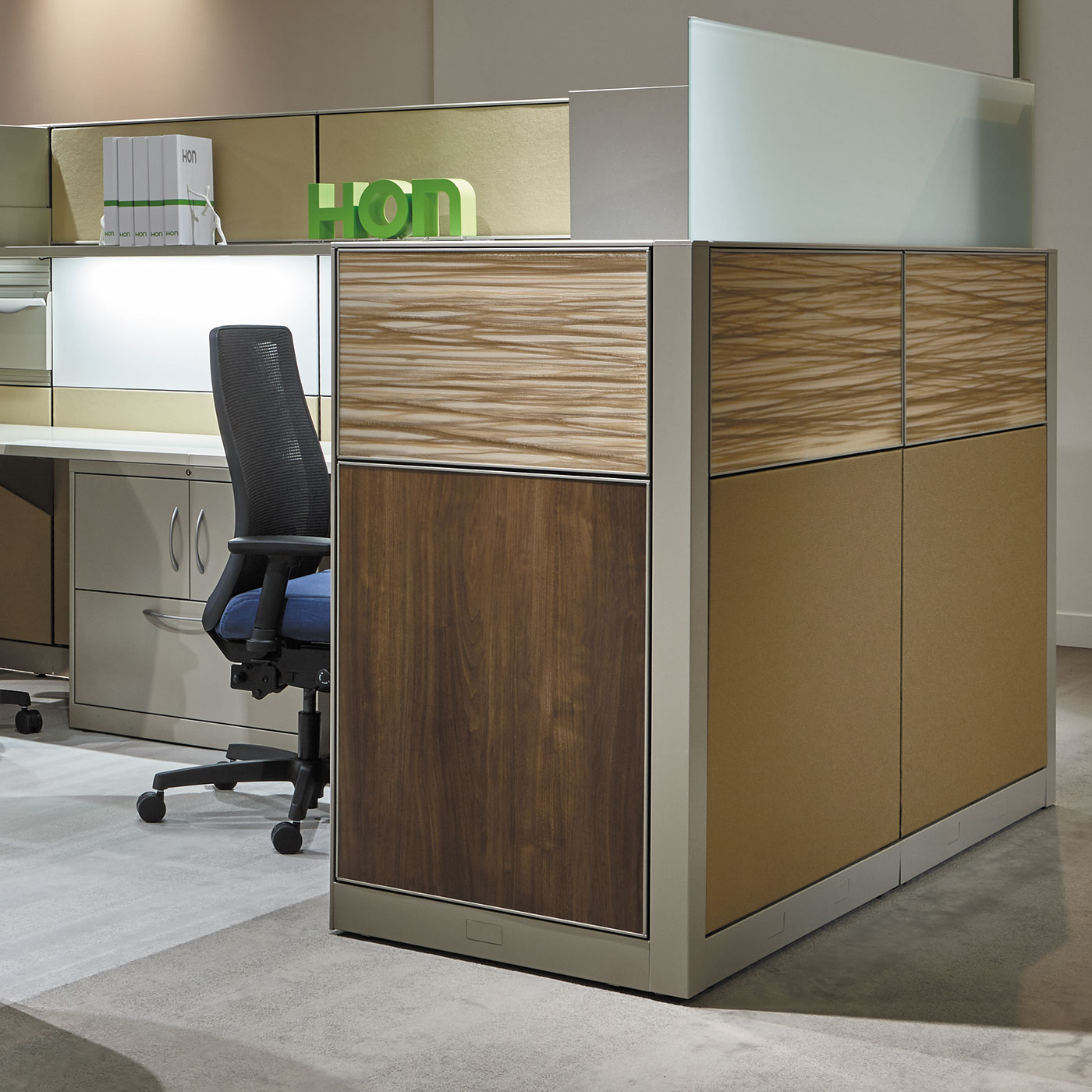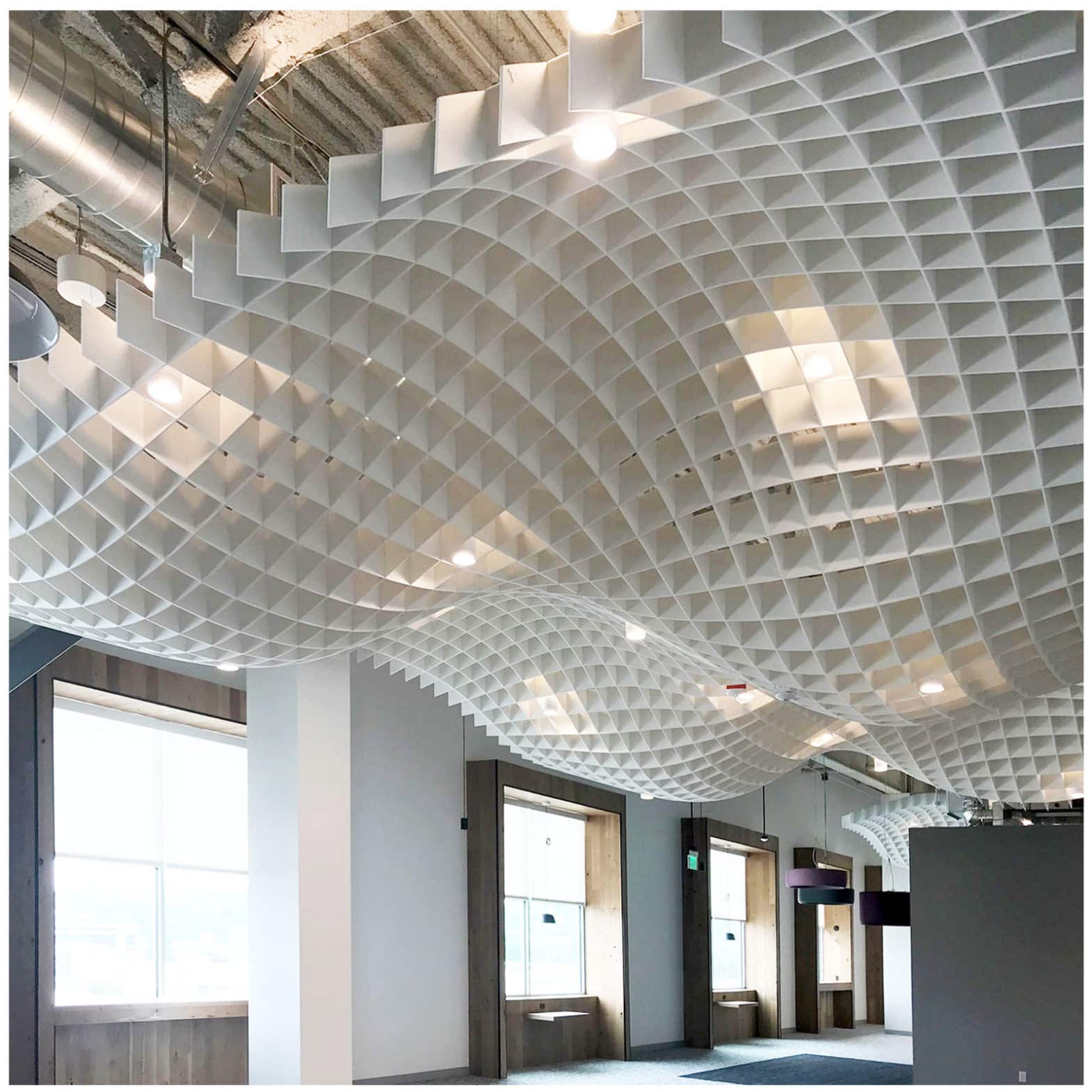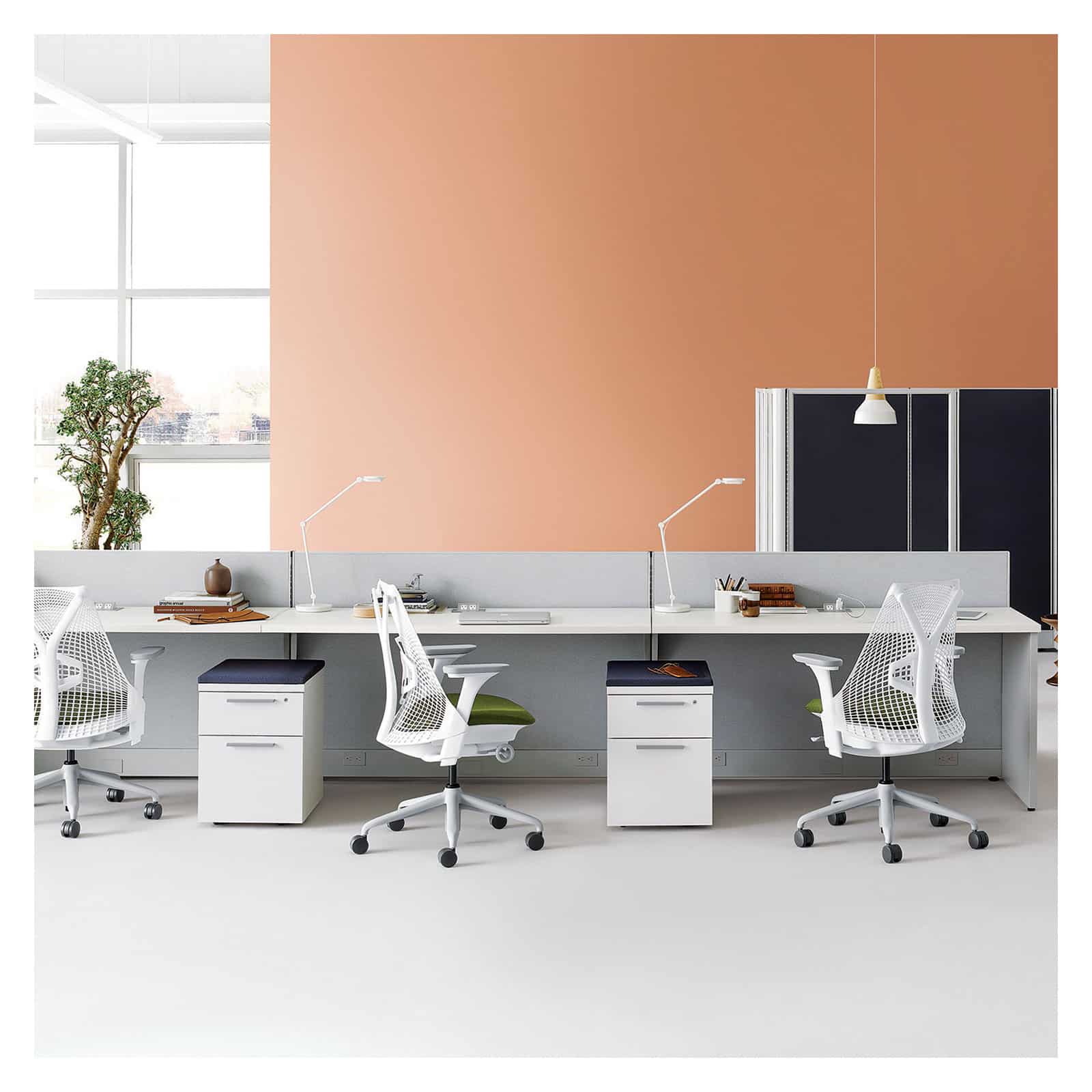Cubicle Design Factors
When it comes to creating an efficient and inviting workspace, cubicle design plays a crucial role. In this FAQ, we will explore the key factors to think about when planning your cubicle layout, ensuring that your space not only looks great but also enhances productivity and comfort.

Assessing the Available Space
The first step in cubicle design is to assess the available space. Measure the dimensions of the area where you plan to place the cubicles. This will give you a clear understanding of how much room you have to work with.
Consider the layout of the office space. Are there any fixed installations like columns, walls, or equipment that need to be accounted for? This information is essential because it would influence how the cubicles are arranged.
Also take into account the flow of movement. The design should facilitate easy movement between cubicles and common areas, which will help maintain an efficient working environment. A congested space can hinder productivity.
Ultimately, understanding space limitations allows for better cubicle placement. Opting for a modular cubicle design can offer flexibility, making it easier to adapt your space requirements as needed.
Understanding Employee Needs
Understanding the needs of employees is crucial when planning cubicle design. Engage your team in discussions about their preferences—do they prefer more privacy or a more open environment?
Moreover, consider specific tasks that employees perform. If their work involves frequent collaboration, an open space design might be favorable. Conversely, if concentration is key, then more enclosed cubicles may be necessary.
Don’t forget about ergonomics. Providing adjustable desks and comfortable seating options are essential for promoting health and productivity. Employee input is invaluable in creating a supportive workspace.
Incorporating feedback from your team can lead to higher job satisfaction and productivity, ultimately benefiting the company as a whole. When employees feel their needs are met, they are more likely to excel.
Incorporating Ergonomics
Ergonomics is another essential factor in cubicle design. Focusing on creating an ergonomically friendly workspace can significantly improve employee well-being.
Consider adjustable desks that allow employees to switch between sitting and standing. This flexibility not only enhances comfort but can also reduce the risks associated with prolonged sitting, such as back pain.
Additionally, provide chairs that offer good lumbar support. This feature becomes crucial for those who spend long hours at their desks. Good posture can lead to fewer distractions caused by discomfort.
Incorporating ergonomic accessories like keyboard trays and monitor risers can also optimize workspace comfort. Thoughtful cubicle design should prioritize employee health to foster a more productive atmosphere.
Selecting the Right Materials and Colors
The choice of materials and colors in cubicle design can greatly influence the mood and productivity of your workspace. Neutral colors typically promote a calm atmosphere, while vibrant colors can encourage creativity.
Additionally, consider using materials that are not only aesthetically pleasing but also practical. Durable and easy-to-clean surfaces can extend the cubicles’ lifespan and reduce maintenance efforts.
Sound-absorbing materials can also be a wise investment, especially in open-concept designs. This can help reduce noise distractions, allowing employees to focus better on their tasks.
Overall, selecting the right combination of materials and colors is not just about aesthetics—it’s about creating an environment conducive to productivity and well-being.
Ensuring Adequate Lighting
Lighting is a critical factor in cubicle design and can have a profound impact on employee health and productivity. Natural light is always preferred, as it enhances mood and helps regulate circadian rhythms.
However, not every workspace has optimal access to windows, so consider integrating flexible lighting solutions. Adjustable LED lights can provide clarity without the harsh glare that can cause eye strain.
In addition, task lighting can be beneficial for individuals who require focused illumination on specific tasks. Lamps that are easy to adjust will help each employee customize their workspace to fit their needs.
Ultimately, ensuring adequate lighting in cubicles contributes to both comfort and productivity, creating an environment where employees can thrive.
Promoting Collaboration and Privacy
Balancing collaboration and privacy is a key challenge in cubicle design. An effective design should facilitate teamwork while still allowing for individual focus.
Consider using low partitions in areas designated for group projects. This design allows for easy communication while still offering enough separation for concentration when needed.
Additionally, creating shared spaces for brainstorming and meetings can bolster collaboration. These areas should be well-designed to invite teamwork while providing the necessary tools for productivity.
On the other hand, ensure that there are quieter zones or dedicated focus areas for employees needing concentration. This balance can help maintain a productive working environment.
Final Thoughts on Cubicle Design
By considering these factors in your cubicle design, you can create a workspace that meets both aesthetic and functional needs. Whether it’s about maximizing space, ensuring privacy, or promoting collaboration, thoughtful cubicle design can lead to a happier, more productive work environment.



